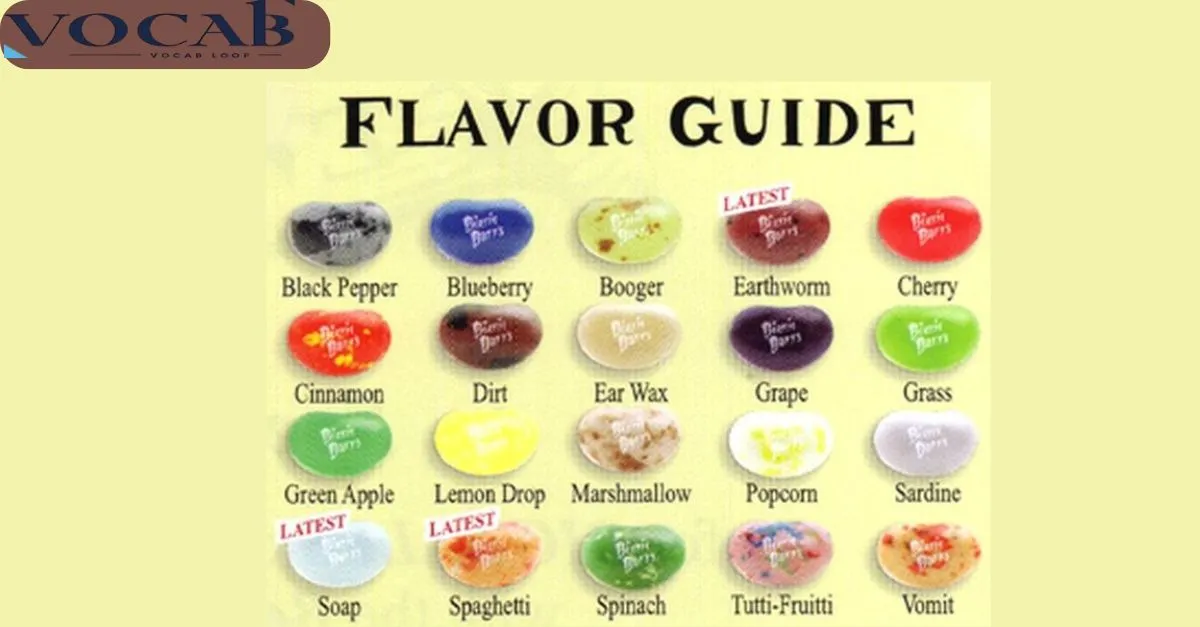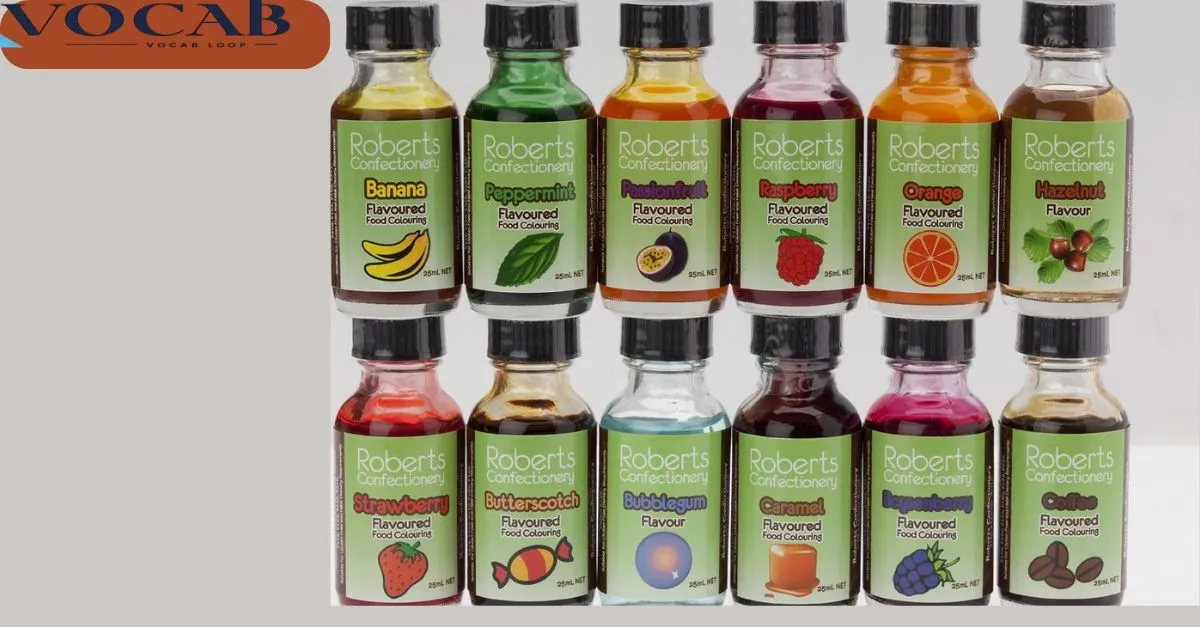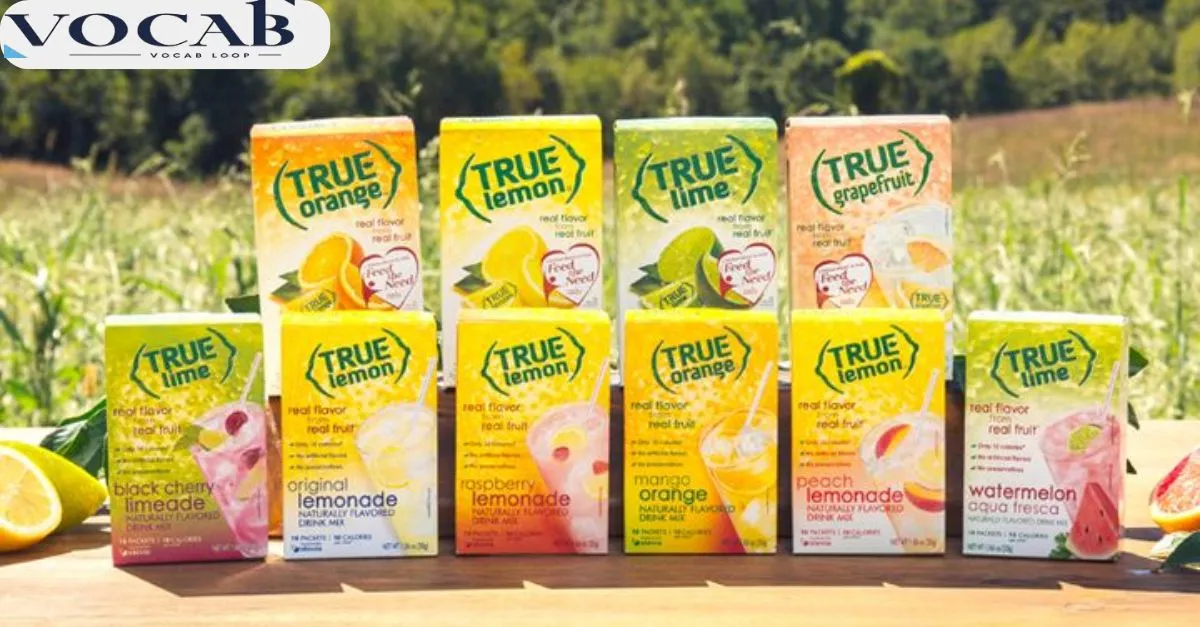The question of whether to use “flavour” or “flavor” in Australia often sparks confusion. This spelling debate is rooted in regional spelling usage and reflects the divide between British English usage and American English usage. For Australians, it is crucial to understand the rules and preferences surrounding these variations in order to use the correct spelling in writing or conversation.
Australia primarily follows Commonwealth English, which aligns closely with British spelling. However, the global influence of the United States has made American spelling more visible, especially online. Let’s dive deeper into this fascinating topic and uncover the nuances of flavour versus flavor.
What Is the Confusion of Flavour or Flavor in Australia?

The confusion arises from differences in orthography preferences between UK spelling and US spelling. Australia traditionally uses UK English, where “flavour” is the standard. This aligns with its historical ties to Britain. However, American English usage simplifies many words by dropping letters like “u,” resulting in “flavor.”
In Australian English, both spellings occasionally appear. This is due to globalization and exposure to American spelling in media, technology, and consumer products. For instance, Australian supermarkets might label items using “flavor” if the product is imported. Yet in formal writing, Australians tend to stick to the British preference
Is the Flavour Word Correct?

Definition:
The word “flavour” is the British English term for the sensory impression of taste. It encompasses both the literal taste of food and the figurative sense, such as the “flavour” of an experience or place.
Meaning:
“Flavour” refers to the combined sensation of taste, aroma, and other sensory factors. In cooking, it highlights the essence of a dish. For example, a chef may enhance the “flavour” of a sauce with fresh herbs.
Usage:
In Commonwealth English, “flavour” appears in textbooks, recipes, and formal documents. Australians use this spelling for everything from describing the taste preference of a dish to discussing a person’s taste nuances. It’s considered the proper spelling in regional orthography.
Is the Flavor in Australia Word Correct?

Definition:
The word “flavor” is the American English term for the same concept as “flavour.” It’s part of the US English simplification, which aims to make spelling more intuitive.
Meaning:
“Flavor” describes the sensory impression of food, drinks, or even abstract experiences. It often focuses on the palate, emphasizing specific notes, such as “chocolate flavor” or “vanilla flavor.”
Usage:
While “flavor” is standard in the United States, its use in Australia is increasing due to linguistic shifts. Products marketed globally often favor this American spelling for universal appeal. However, Australians usually reserve “flavor” for informal or commercial contexts, aligning with American examples.
Quick Summary
| Aspect | Flavour | Flavor |
| Language Origin | British English | American English |
| Usage by Country | Australia, UK, Canada | USA |
| Preference | Commonwealth English (formal) | American English (global media) |
| Examples in Context | “The soup’s flavour is rich.” | “The soup’s flavor is rich.” |
Flavour or Flavor in Australia as Parts of Speech

Both “flavour” and “flavor” function as nouns and verbs. As nouns, they describe taste or character. For example, “The dessert has a distinct flavour.” As verbs, they refer to the act of adding taste, such as “She flavoured the stew with herbs.”
The main difference lies in spelling, not usage. Whether you write “flavour” or “flavor,” the word form remains the same in sentences. However, the choice of spelling should align with your audience’s expectations—formal writing favors “flavour” in Australia, while “flavor” suits American usage.
Pronunciation of Flavour or Flavor in Australia
Despite their spelling differences, “flavour” and “flavor” are pronounced the same way. Phonetically, they sound like /ˈfleɪ.vər/, with no emphasis on the missing “u” in “flavor.”
This similarity in sound highlights how these words differ only in orthographic preferences, not in meaning or pronunciation. Whether you’re discussing taste nuances or writing recipes, their pronunciation remains consistent across regional differences.
Side-by-Side Comparison: Flavour or Flavor in Australia
| Feature | Flavour | Flavor |
| Spelling | British | American |
| Preferred By | Australians (formal), British | Americans, informal Australians |
| Cultural Language | Commonwealth | Americanized global terms |
| Examples of Usage | “This tea has a floral flavour.” | “This tea has a floral flavor.” |
Which One Is More Acceptable: Flavour or Flavor in Australia?

In Australia, “flavour” is more acceptable in formal settings, aligning with Commonwealth English standards. However, younger Australians and informal writers increasingly use “flavor,” reflecting exposure to American spelling trends.
The regional preference for “flavour” remains strong in government documents, academic papers, and official communications. “Flavor” might appear in popular terms or branded content, but it doesn’t replace “flavour” in most cases.
Flavour in British English and American English
In British English usage, “flavour” is standard, appearing in everything from cookbooks to news articles. Its use extends to Commonwealth nations like Canada, New Zealand, and Australia.
In contrast, American English usage simplifies spelling rules. Words like “flavour,” “honour,” and “colour” lose their “u” in American contexts. This reflects broader linguistic choices favoring simplicity.
Flavor in Australia in British English and American English
“Flavor” rarely appears in UK English but dominates in US spelling. In Australia, it’s seen as a secondary variant influenced by American usage. For instance, younger Australians might write “flavor” in casual emails or social media posts. However, older Australians often stick to “flavour,” reflecting their preference for British spelling traditions.
Common Mistakes and How to Avoid Them
One common mistake is mixing “flavour” and “flavor” in the same document. This inconsistency confuses readers and reduces professionalism. To avoid this, decide on one spelling based on your regional preference or audience.
Another error is assuming one spelling is universally correct. Both forms are valid but cater to different regions. Always check the language conventions of your target country.
Trick to Remember the Difference: Flavour or Flavor in Australia
When it comes to remembering whether to use flavour or flavor, a simple trick can save you from confusion. Think of the “u” in flavour as representing the UK. This connection makes it easier to recall that flavour is the spelling used in British English and, by extension, in Australian English, where British traditions have historically influenced language conventions.
On the other hand, flavor is the simplified version of the word, following American spelling rules. The United States eliminated the “u” in words like “flavour” and “colour” to make spelling more straightforward. If you’re writing for an American audience or following en-US orthography, drop the “u” to match US spelling conventions.
Origins of Flavour or Flavor in Australia

Origins of Flavour:
The word “flavour” has its roots in Old French (flavour) and Latin (flavorem), both referring to taste and the sensory experience of flavor. This spelling has remained largely unchanged in Commonwealth English, which includes Australian, British, and Canadian English. It reflects the deep historical ties between these nations and Britain, where British spelling conventions dominate.
Origins of Flavor:
The simplified spelling, “flavor,” emerged in the United States during the late 18th and early 19th centuries. It was part of a broader movement to simplify linguistic variants and standardize spelling in America. Noah Webster, an influential American lexicographer, advocated for simpler spellings, believing they would make the English language more accessible. Over time, this preference for streamlined orthography became the hallmark of American English usage, including words like “color,” “honor,” and “flavor.”
Synonyms of Flavour or Flavor in Australia
Flavour (British/Australian English)
- Taste
- Savor
- Zest
- Tang
- Essence
- Bouquet
- Undertone
- Character
- Blend
- Distinction
Flavor (American English)
- Palate
- Aroma
- Seasoning
- Dash
- Note
- Infusion
- Profile
- Nuance
- Tone
- Hint
Sentences in Daily Usage of Flavour or Flavor in Australia

Flavour Examples (British/Australian Usage):
- The chocolate cake had a rich, decadent flavour.
- I added some herbs to enhance the flavour of the soup.
- Australians often describe the flavours of local wines with enthusiasm.
- This tea has a delicate floral flavour that pairs well with honey.
- I love the bold flavour of freshly ground coffee.
- The dish’s flavour was ruined by too much salt.
- Natural flavours are always better than artificial ones.
- The tropical fruits added a unique and vibrant flavor to the dessert.”
- Every spice in the curry contributed to its unique flavour.
- The ice cream’s flavour was smooth and creamy, perfect for summer.
Flavor Examples (American Usage):
- What’s your favorite flavor of ice cream?
- The chips come in a variety of bold flavors like barbecue and jalapeño.
- This soda has a unique flavor that’s hard to describe.
- I love the smoky flavor of grilled meats.
- American recipes often highlight cinnamon as a dominant flavor.
- The flavor of this gum lasts much longer than expected.
- Artificial flavors can’t match the real thing.
- Each dish brings a different flavor to the table.
- What flavor of candy would you like?
- This new coffee flavor is becoming incredibly popular in the U.S.
FAQs
1. Why does Australia use “flavour”?
Australia follows British spelling conventions due to historical ties with the UK.
2. Is “flavor” acceptable in Australia?
It’s acceptable in informal contexts but less common in formal writing.
3. What’s the main difference between “flavour” and “flavor”?
The inclusion of “u” in Commonwealth English vs. its omission in American English.
4. When should I use “flavour”?
Use “flavour” for formal Australian, British, or Commonwealth audiences.
5. Does spelling affect pronunciation?
No, both are pronounced the same way despite the spelling difference.
Conclusion
The debate between flavour and flavor highlights the fascinating regional spelling usage within the English language. In Australia, flavour is the preferred spelling in formal and traditional contexts, aligning with British English usage. However, globalization and exposure to American English usage have made “flavor” increasingly common, especially in informal settings or commercial contexts.
To ensure your writing is clear and accurate, consider your audience. For a formal Australian readership, stick to flavour. For casual writing or American audiences, flavor works perfectly. By understanding these orthographic preferences, writers can confidently navigate the complexities of language conventions and make the right choice every time.

Alex Hormozi is a seasoned blogger at Vocab Loop, known for his deep insights into language, vocabulary, and grammar. With years of experience in writing, Alex shares practical tips and effective strategies to help readers improve their linguistic skills and enhance their writing abilities.

